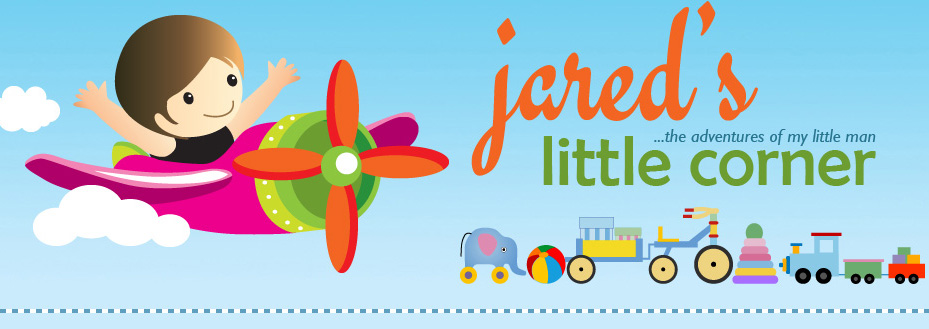|
and in response i am posting her article her for the benefit of other mums out there. feel free to email me for your questions and clarifications.
Talk to your Baby without Words A crying baby is a sound that many people would agree, sends a chill down their spine, and you never want to hear. Parents these days are so dedicated to their children, and their needs, so they never have to hear that cry. Luckily, a new trend is helping parents to decipher what a certain cry means, no it is not a machine or pulse-checking test. It is teaching them sign language in an attempt to start communicating even before their first words. Teaching children this young, can be beneficial in numerous ways. A Jump Start The ability to communicate articulately in a variety of ways and languages to the widest possible audience is a great way to stay ahead and ensure a decent standard of living in our suffering economic state. This is not limited to speaking different languages but also non-verbal communication: signing. However, the shortage of qualified interpreters fluent in American Sign Language that has led to more career opportunities is dwindling– and if current trends continue, it’s likely that skilled ASL interpreters will have little problem securing lucrative employment in a society where such a commodity is destined to be in short supply. Connecting with your Child “Ma-ma”, “Da-da”, or Silence The toddler years and beyond – ages 2 to five –are an ample time to educate children in different modes of communication and language because of their brain development course. This goes beyond the spoken word (though it is an optimal time for children to learn a second language); many young children have an aptitude for signing as well. In fact, recent research suggests that sign language is innate. An article published in the Boulder Daily Camera in 2003 presented strong evidence that babies as young as six months old communicate with their hands: “…by 6 to 7 months, babies can remember a sign. At eight months, children The National Institute of Child Health and Human Development are also referred to by the author, demonstrating that young children who are taught sign language at an early age whether at day care or at home, actually develop better verbal skills as they get older. The ability to sign has also helped parents in communicating with autistic children; one parent reports that “using sign language allowed her to communicate with her [autistic] son and minimized his frustration…[he now] has an advanced vocabulary and excels in math, spelling and music” (Glarion, 2003). Co-written by Emily Patterson and Kathleen Thomas Emily and Kathleen are Communications Coordinators for the network of Austin day care facilities belonging to the AdvancED® accredited family of Primrose day care schools. Primrose Schools are located in 16 states throughout the U.S. and are dedicated to delivering progressive, early childhood, Balanced Learning® curriculum throughout their preschools. |
an email on baby sign language and early childhood education
i received this email a couple of days back:
i would love to teach jared sign language only if he is old enough to learn it, that is right after he speaks his fluent gibberish, right?
what are your thought? let me know, drop a line at vixenp33@gmail.com


No Comments
Strong communication with our child are important. On my experience, I dont baby talk my child I talk to him like he is big enough to understand me. At 2 years old he was able to turn of the computer properly {the desktop computer!} after he watches his favorite CD- hindi pa sya nagsasalita nyan but he was able to understand me well.